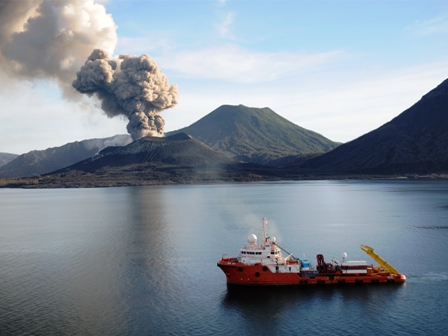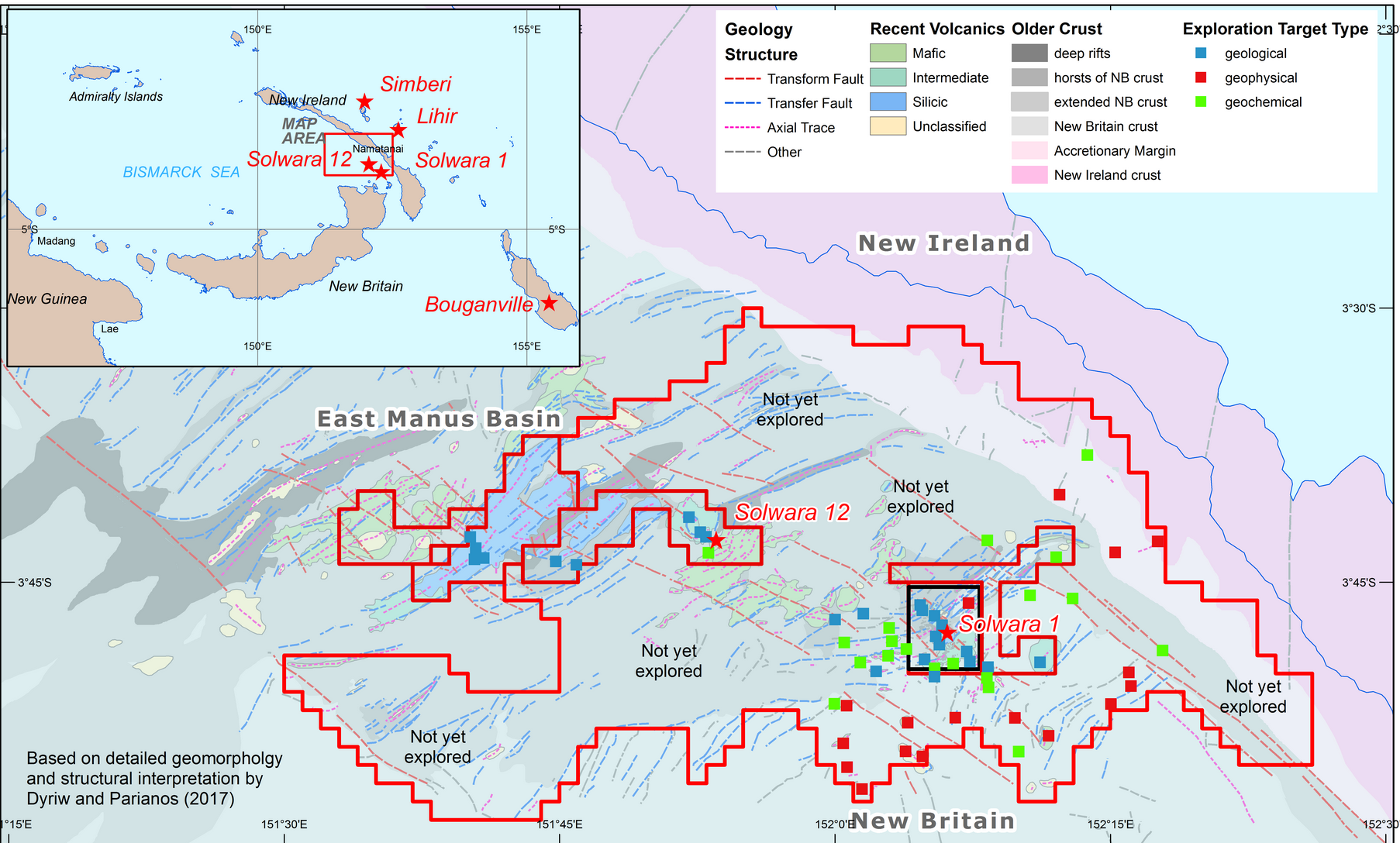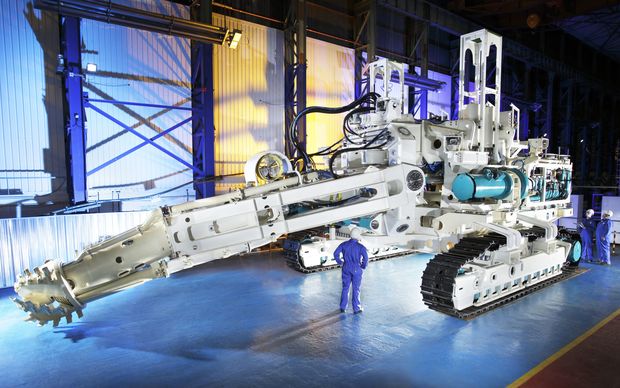2018 was supposed to be the year for Nautilus Minerals. Their three seafloor production tools—large underwater robots capable of mining seafloor massive sulphides from 1600 meters depth—were finally in hand and undergoing submerged testing. Their ship, the Nautilus New Era, was nearing completion. They had only a few hurdles left to clear before beginning production at Solwara I, the much-vaunted site of the world’s first deep sea mining operation.
Then the floor dropped out.
Nautilus suffered a body-blow in late-2017, when Japan beat them to the seafloor by mining a sulphide deposit off the coast of Okinawa.Though a small operation, their success effectively undermined Nautilus’s first-mover advantage, at least in the eyes of potential investors. “Japan becomes the first to mine a deep-sea hydrothermal vent” is not the headline Nautilus wanted to read as they advanced towards production at Solwara I.
In December, Marine Assets Corporation defaulted on a payment to the Fujian Mawei shipyard. The chairman of the board resigned in January.MAC defaulted again in July, and the vessel contract was ultimately cancelled.Following the news, Anglo American, one of their minority investors, very publicly divested themselves from the project. CEO Mike Johnson subsequently and abruptly departed the company after 6 years at the helm.
Meanwhile, Sir David Attenborough, arguably the most famous voice in the world, called deep-sea mining at hydrothermal vents “deeply tragic”.
While the company may have hoped for at least a small victory to close out the year—raising substantial funds or negotiating a new lease for the production support vessel—it was not the be. Earlier this month,Ocean Energy Ventures announced that they had acquired the contract for the Nautilus New Era and were no longer in negotiations with Nautilus Minerals to lease the vessel.
Who is Ocean Energy Ventures? Ocean Energy Ventures is a subsidiary of MDL Energy, an offshore service company that provides equipment and services to the energy industry based in India. Though initially in discussion with Nautilus about long-term leases of the vessel, the company reports that “OEV’s dialogue for the charter of the vessel to Nautilus Minerals was terminated on 5th October 2018 and Nautilus have been instructed to remove all of their equipment off the vessel.” This conflicts with a statement from Nautilus that negotiations for a joint venture to acquire the PSV were still ongoing as of December 2, 2018.
OEV is now re-purposing the vessel. The ship, previously dubbed the Nautilus New Era, has been renamed Amaya Explorer.
The final days of 2018 may prove critical for the company’s continued survival. Early this year, they were extended a significant credit line from their major investors, of which they’ve drawn down over $15 million. Nautilus is expected to begin repaying those debts beginning in January 2019. It’s not clear from where revenue for those payments will come nor how much of that debt the government of Papua New Guinea, who owns a 30% stake in the Solwara 1 project, will be liable for.
What this all means for Nautilus is unclear. In the short term, it certainly points towards significant setbacks for the Solwara I project. Without a support vessel, Nautilus will be unable to deploy the three massive machines built to mine seafloor massive sulphides. Production at Solwara I in 2019 seems unlikely. And without a clear pathway to profitability, Nautilus will have trouble attracting new investors just to pay back its loans. At less than $0.04 per share, Nautilus Minerals is trading at the lowest rate since they entered the Toronto Stock Exchange in 2006.
Representatives from Nautilus Minerals declined to comment.



